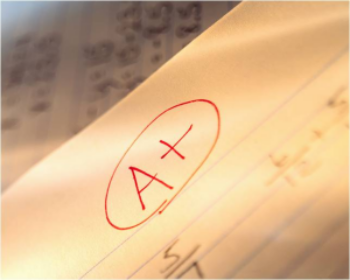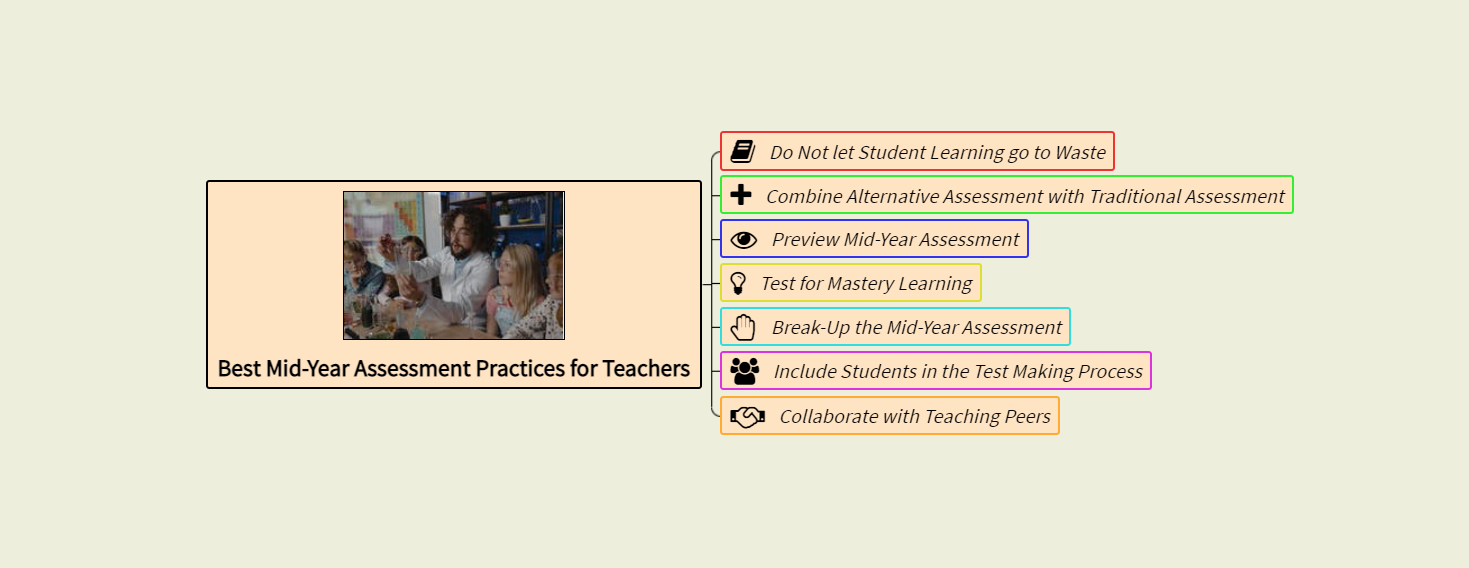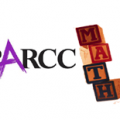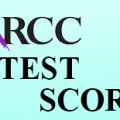 If you’re not looking smart enough, it will be missed. Isn’t that the key when it comes to formative assessments, looking smartly at ways to extract what students have learned over a short length of time? That student assessment should be taking place daily in classes goes without question. There are a myriad number of ways to get this done. For example, you can insert questions of various difficulties throughout the lesson. In addition, you can have a set time within the task to quickly assess one to three written responses. An “Exit Slip” (written reflection at the end of class prompted by a question) is yet another example of a daily assessment.
If you’re not looking smart enough, it will be missed. Isn’t that the key when it comes to formative assessments, looking smartly at ways to extract what students have learned over a short length of time? That student assessment should be taking place daily in classes goes without question. There are a myriad number of ways to get this done. For example, you can insert questions of various difficulties throughout the lesson. In addition, you can have a set time within the task to quickly assess one to three written responses. An “Exit Slip” (written reflection at the end of class prompted by a question) is yet another example of a daily assessment.
Rightly so, teachers make mid-year formative assessments more of an emphasis. But, as I observed for ten years as an administrator, these often take the shape of an extended test. The mid-year formative assessment is more summative than constructive. Sure, in a year-long course, the halfway point “final” evaluation could be both formative and summative. But, more often than not, the mid-year assessment is a culmination, summary type of assessment, of what has been taught for several months. Unfortunately, mid-year reviews rarely (because of the next break or vacation) shape the beginning of the subsequent semester. This becomes the first best practice for mid-year assessments out of the seven total provided below, namely, using the mid-year assessment results to guide instruction on the first week of school when school is back in session.
Managing Distance Learning Assessments and
Student Performance Data
Free Webinar
- Do not let the information gathered about your students’ learning from the mid-year assessment go to waste. Re-teach concepts students struggled with, as evidenced by exam results, at the start of the new semester. Intuitively it may seem more natural to start “fresh.” But with learning gaps, teaching (and learning) could prove more difficult at semester two. Indeed, many students fare worse after mid-year because they began learning the more challenging material with gaps in their learning.
- Combine the traditional mid-year assessments with an alternative type of assessment. Expecting all students to ace their 100 points, fifty questions, multiple-choice test is foolish. No matter the quality of your teaching, you are simply not going to get the results you imagine. Some students do well on these tests, and some don’t, even when they know the material! Consider having students do an alternative assessment, as a portfolio, in addition to a traditional evaluation.
- Preview your mid-year assessment. For this, prepare students at least a week and a half out by giving them “final exam” type test questions as warm-ups at the start of class or as concept review homework worksheets.
- Test for mastery learning. Give the mid-year exam the week before the last week of school. Get the results early. Give students their exams back to them the last week of school and construct a test correction worksheet whereby students explain in writing why they got each incorrect problem wrong. Writing about their mistakes is far more powerful than getting a test back with a poor score on the top and never doing anything with it.
- Break up the mid-year assessment into two assessments, one at mid-semester and one at mid-year. It’s easier for students to chunk content, so they are only accountable for a half portion of a five-month-long session, meaning having a mid-term and then another mid-term before the winter holiday break.
- Have students provide some of the questions. Including students in the test-making process is a great strategy to prepare them mentally for the rigor of your mid-year assessment. Sometimes what they suggest as a “good” question to ask turns out to be more rigorous than what you had in store.
- Collaborate with your teaching peers on a joint mid-year assessment. Creating a fair test starts with having more than one person scrutinizing the questions and possible answers. Test item analysis is of utmost importance and should be done before each new student cohort takes the exam.
If you plan on making your mid-year assessment a big deal, as in a substantial percentage of a student’s grade, consider using the above best practices as a way of reaching your desired outcome.

mid year formative assessments, mid year assessment test, formative assessment examples, mid year, formative assessment ideas, teaching resources,
Related Links
Try Lumos StepUp Assessment Practice





Pingback: Administering Summative Assessments During the 2020-21 SY | Lumos Learning
Pingback: Mid-Year Student Assessment Cheat Sheet | Advancement Courses
Pingback: Formative Assessment: Balancing Grading and a Focus on Improvement
Pingback: Formative Assessment: Balancing Grading and a Focus on Improvement